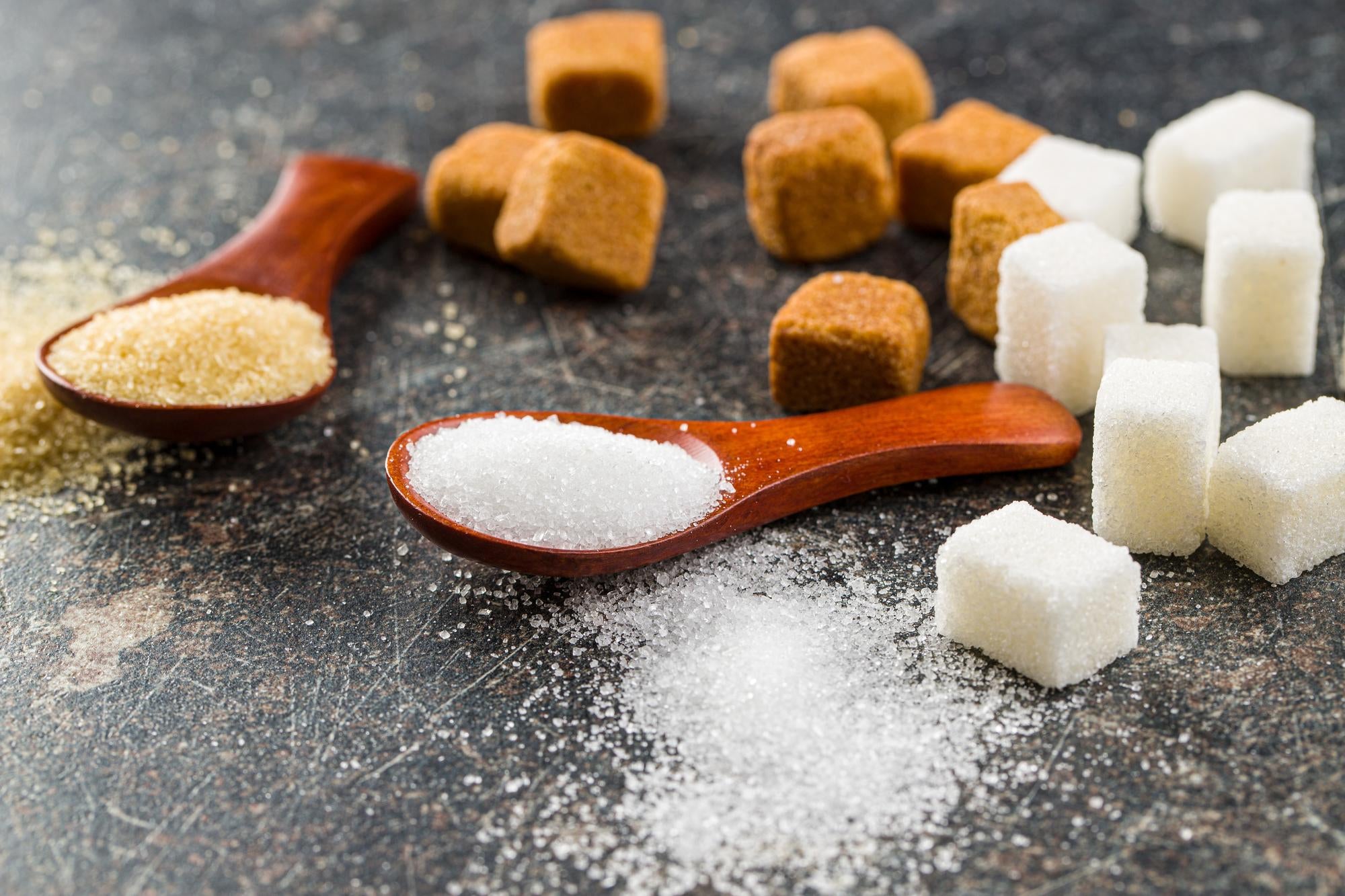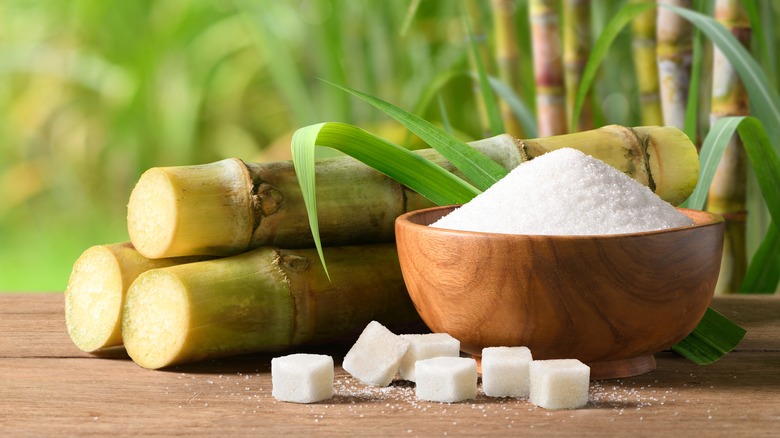When looking at beet sugar vs cane sugar, some argue that one browns better than the other.
When looking at beet sugar vs cane sugar, some argue that one browns better than the other.
Blog Article
Discover the Uses and Perks of Beet Sugar Vs Cane Sugar in Your Daily Diet Plan
Exploring the distinct top qualities of beet and cane sugar exposes greater than just their sweetening abilities; it highlights their unique influence on wellness and culinary arts. Beet sugar, known for its subtle taste, is commonly favored in fragile treats, whereas cane sugar, with its hint of molasses, adds splendor to durable dishes. Each type holds its very own dietary profile and glycemic ramifications, welcoming a deeper understanding of their roles in a well balanced diet regimen and lasting usage methods.
Beginning and Production Processes of Beet and Cane Sugar

The unique climates and soil types needed for expanding sugar beetroots and sugarcane contribute to distinctions in their cultivation techniques and geographic circulation, affecting the business economics and sustainability of their production. beet sugar vs cane sugar.
Nutritional Contrast Between Beet Sugar and Cane Sugar
Despite stemming from various plants, beet sugar and cane sugar are nutritionally extremely similar, both primarily being composed of sucrose. Each offers regarding 4 calories per gram, translating to roughly 16 calories per tsp. Structurally, both sugars are made up of around 99.95% sucrose, with marginal amounts of other compounds like moisture and trace minerals, which do not significantly modify their dietary accounts.

Inevitably, when selecting between beet sugar and cane sugar based on dietary web content alone, both offer similar advantages and disadvantages as they are essentially types Learn More Here of the very same particle-- sucrose, giving quick energy without various other nutrients.
Influence on Health And Wellness: Glycemic Index and Caloric Content
Exploring further into the impacts of beet sugar and cane sugar on health, it is essential to consider their glycemic index and calorie material. Both sugars are categorized as sucrose, which includes glucose and fructose. This structure leads them to have a comparable effect on blood glucose levels. The glycemic index (GI) of both beet and cane sugar is around 65, categorizing them as high-GI foods, which can trigger fast spikes in blood sugar levels. This is a critical facet for people taking care of diabetes or those attempting to support their power degrees throughout the day.
Each sort of sugar has about 4 calories per gram, making their caloric content equivalent. For those monitoring calorie intake, particularly when taking care of weight or metabolic wellness conditions, comprehending this equivalence is essential (beet sugar vs cane sugar). Nonetheless, too much consumption of any high-calorie, high-GI webpage food can contribute to wellness problems such as weight problems, cardiovascular disease, and insulin resistance.
Environmental and Economic Factors To Consider of Sugar Production
Beyond health and wellness influences, the production of beet and cane sugar also raises substantial environmental and economic concerns. Sugar beet cultivation tends to require cooler environments and has a reduced geographical footprint compared to sugar cane, which thrives in tropical regions. Both plants are extensive in terms of water use and land profession, potentially leading to logging and water scarcity. Economically, the global sugar market is highly volatile, affected by adjustments in global trade plans and aids. Many nations incentivize sugar manufacturing via economic assistance, skewing market prices and influencing small-scale farmers negatively.
Furthermore, using pesticides and fertilizers in both beet and cane sugar cultivation can bring about dirt deterioration and pollution, further influencing biodiversity and local water bodies (beet sugar vs cane sugar). The option between cultivating sugar beet or cane typically depends upon local ecological problems and financial elements, making the sustainability of sugar production an intricate concern
Culinary Applications and Flavor Distinctions
While the environmental and financial aspects of sugar manufacturing are certainly considerable, the option in between beet and cane sugar likewise affects cooking applications and taste accounts. Beet sugar, obtained from the sugar beet plant, is recognized for its remarkably neutral taste.
Walking stick sugar, extracted from sugarcane, commonly maintains molasses traces, which impart a site distinctive richness and depth. This small molasses taste enhances the complexity of baked items, sauces, and sauces. It is specifically favored in items where a sugar undertone is wanted, such as in brownies or gingerbread. The minor variation in dampness content between beet and cane sugar can affect the structure and uniformity of dishes, making cane sugar a preferred option for specific recipes that benefit from its one-of-a-kind residential properties.

Verdict
In final thought, both beet and cane sugar have unique beginnings and production processes, supplying comparable dietary accounts with mild differences in salt material and flavor. While their effect on wellness, particularly pertaining to glycemic index and calories, is equivalent, the choice between them often comes down to ecological, financial factors, and particular cooking requirements. Understanding these aspects can direct customers in making educated choices that align with their health goals and taste preferences.
Report this page